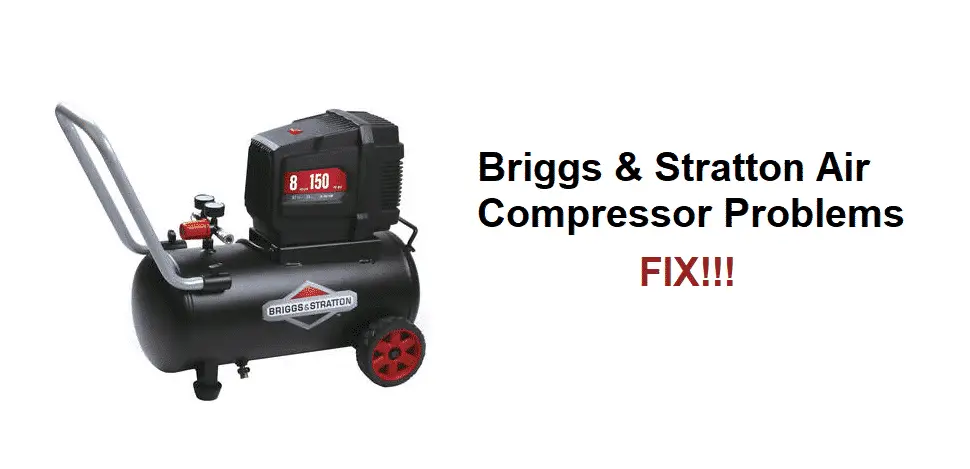
Air Compressors are something that you would never want to compromise on, and you will always want to get the best of them. Briggs & Stratton is one of those premium brands that are making the best of these air compressors. They are manufacturing a wide range of air compressors that come in all shapes and sizes. These air compressors that you can get from Briggs & Stratton are being used for a whole wide range of applications and all that makes them the right choice for you.
The best part about these air compressors is that no part on them is exposed except the hoses or valves. That allows you to have extended durability and reliability on these air compressors. It is quite obvious that you won’t have to worry about much while using these air compressors, given the state-of-the-art engineering and all those cutting-edge technologies being used for manufacturing. However, a few common problems that you might have to face on these air compressors and their perfect solutions are:
Briggs & Stratton Air compressor problems
1) A bad Valve
There are not many problems with the air compressor itself that you will have to deal with. But the same cannot be said for the parts and valves on the air compressor. There are one-way valves used on these air compressors to ensure that the air outside or inside the storage tank doesn’t go any way that you don’t want it to. These one-way air valves ensure that the air is getting into the tank and not getting out through it. At the same time, if the valve is installed at the outlet, it ensures that the air can move out of the valve and into the pipes, but doesn’t come back to the tank on the compressor.
These valves are sealed by rubber parts and they can go bad over time. This is more of a regular maintenance thing, but it can cause you to face quite some trouble if you are not aware of these. If you are facing some bleeding of air on your one-way valves, you will have to take the valve off. After unscrewing the valve, you will need to clean it thoroughly and make sure that there are no dust particles on the valve remaining. This should optimally be solving the leakage problem for you. However, if it doesn’t suffice, you can always change the valve to get the problem fixed for good.
2) Rattling Noise
Since everything on these air compressors is covered under the hood, you will not have to face many problems on these. Not only that, but this also provides you an additional edge and the air compressor is almost noiseless with the operational. All that is good and pretty amazing, until you will have to deal with some rattling noises on the motor and that can be worrisome for you.
You might hear some rattling sounds on the motor of these air compressors after some time. That can be troublesome and you won’t be getting the same experience with your air compressor that you are used to. So, you will have to check on all the nuts and bolts first and make sure that they are tightly screwed. If the noise is still there, it might be coming from inside the motor and you will have to get it checked with some authorized technician.
3) Won’t Turn On
Another thing that you might have to face on these air compressors, is that they might not be turning on at times. This is mostly caused due to the electric problems that might be causing you to have the issue. You will have to make sure that the power cord is in perfect condition and there are no bends or wear and tear on these air compressors. You might also have to take care of the wall socket that you are using and make sure that it has current on it.
After that, you will need to check on the voltage fluctuations and use a voltage stabilizer that is rated to be used with the air compressor you are using. This will not be needed on smaller air compressors, but you are definitely going to need it on the larger ones.
